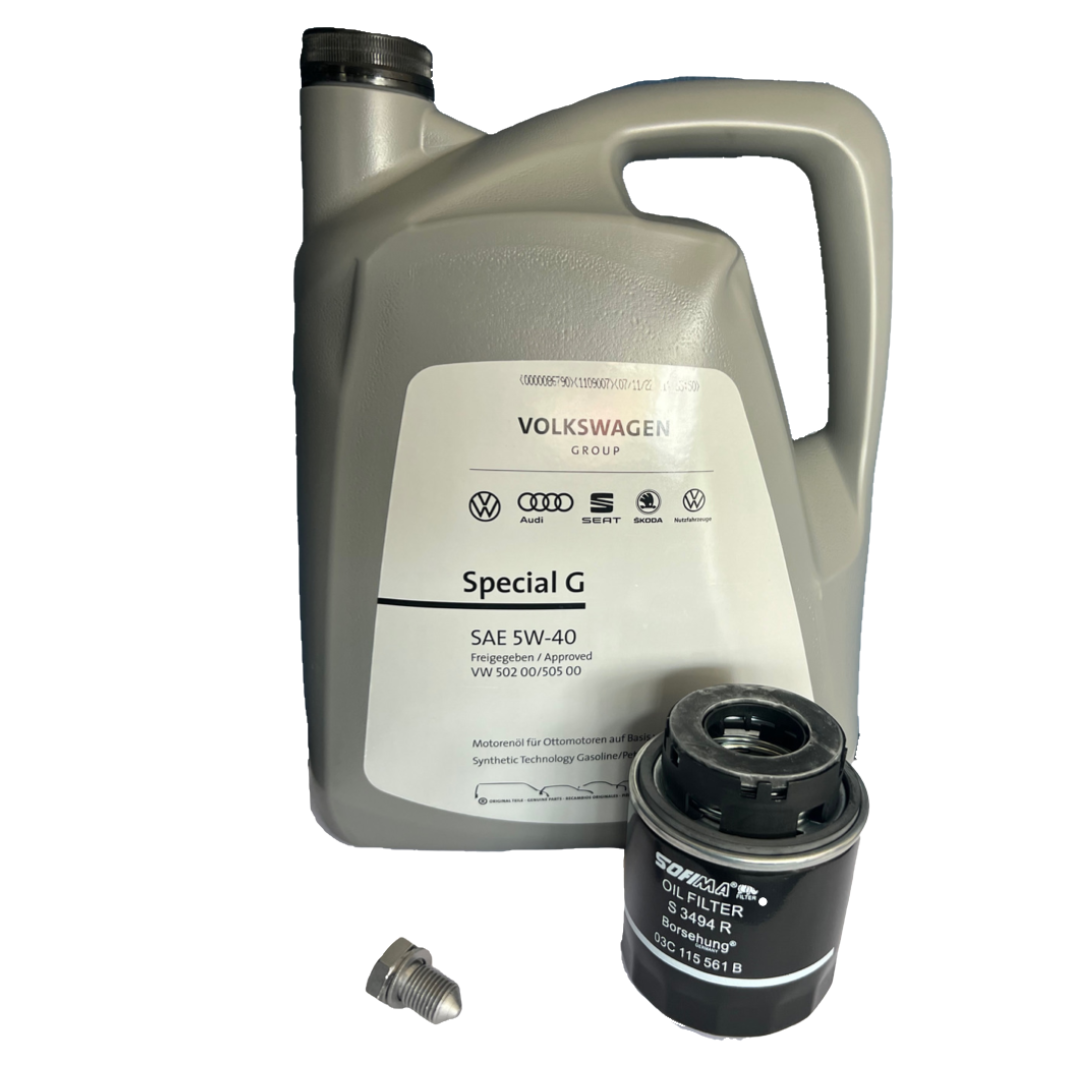Just How a Clp Engine Can Enhance Efficiency in Different Industries
The introduction of CLP engines notes a substantial change in operational effectiveness throughout numerous fields, driven by their ability to optimize fuel usage and lessen downtime. As companies increasingly prioritize sustainability alongside effectiveness, the function of CLP engines ends up being also extra critical.
Introduction of CLP Engines
CLP engines, or Constant Liquid Propellant engines, stand for a substantial improvement in propulsion innovation, especially for area applications. These engines utilize a continual feed system that permits for the continual expulsion of propellant, resulting in enhanced performance and performance compared to typical strong or hybrid propulsion systems. By maintaining a consistent circulation of liquid propellant, CLP engines can attain a lot more accurate drive control, which is critical for navigating spacecraft in different mission circumstances.
The style of CLP engines integrates innovative materials and innovative gas administration systems. clp engine. This results in lowered weight and boosted reliability, crucial variables for long-duration area goals. Moreover, the continual operation minimizes the danger of combustion instability, a typical challenge in traditional rocket engines.

Advantages in Production
The production of Constant Liquid Propellant (CLP) engines provides several notable benefits that improve both performance and cost-effectiveness. One of the main benefits is the streamlined manufacturing procedure, which minimizes the complexity associated with traditional propulsion systems. By making use of fluid propellant, makers can achieve greater accuracy in engine efficiency, resulting in optimized power outcome and decreased waste.
Additionally, CLP engines promote a greater degree of modularity, enabling less complicated combination into numerous manufacturing lines. This adaptability can dramatically reduce lead times and boost general functional versatility. Making use of CLP modern technology likewise tends to lessen the need for considerable maintenance due to less moving components, which translates right into decreased downtime and functional expenses.

Applications in Logistics
Leveraging Continual Fluid Propellant (CLP) engines in logistics offers significant advantages in operational efficiency and reliability. These engines provide a robust solution for various transport demands, making it possible for the smooth activity of products throughout huge distances. The fundamental design of CLP engines allows for consistent power result, which converts right into smoother and a lot more predictable transportation that site schedules.
Among the vital applications of CLP engines in logistics remains in durable freight transportation, where they can drive both ground and airborne automobiles. Their capability to maintain high efficiency under differing tons conditions guarantees that link delivery timelines are fulfilled, consequently improving customer satisfaction. In addition, CLP engines can be incorporated into automated logistics systems, facilitating real-time monitoring and enhancing route planning.
Additionally, the toughness of CLP engines minimizes maintenance downtime, permitting logistics business to maximize their functional abilities. This is specifically advantageous in warehousing procedures, where effectiveness in handling and moving products is critical. As logistics remains to develop, the assimilation of CLP engines represents a forward-thinking technique that not only improves efficiency but additionally supports the sector's growing demands for integrity and speed.
Influence On Energy Performance
Just How do Continuous Fluid Propellant (CLP) engines boost energy effectiveness in transportation? CLP engines utilize a regular circulation of fluid fuel, enhancing combustion procedures and keeping a stable drive result. This design lessens power losses associated with standard burning engines, where fuel delivery can vary and check my blog bring about inefficiencies.
The constant procedure of CLP engines allows for a more effective thermal cycle, leading to greater specific impulse compared to traditional engines. clp engine. This converts to reduced fuel consumption for the exact same amount of job done, dramatically lowering operational costs across different transport fields, consisting of aeronautics and maritime industries
Moreover, the ability of CLP engines to maintain ideal performance under varying tons conditions decreases the requirement for regular acceleration and deceleration, even more improving fuel effectiveness. Enhanced energy efficiency not only contributes to cost financial savings yet additionally brings about decrease greenhouse gas exhausts, straightening with international sustainability objectives.
Future Trends and Innovations
Arising improvements in Continual Fluid Propellant (CLP) engine innovation pledge to reinvent the landscape of transport effectiveness and sustainability. As industries pivot toward greener alternatives, CLP engines stand at the center, incorporating ingenious materials and design methodologies that boost efficiency while decreasing ecological influence.
One of one of the most encouraging patterns is the adoption of crossbreed systems that integrate CLP engines with renewable power resources. This synergy can maximize gas consumption and lower discharges, lining up with international sustainability objectives. Furthermore, advancements in computational liquid dynamics (CFD) are facilitating the layout of more aerodynamically efficient engines, causing decreased drag and boosted fuel performance.
Additionally, the growth of smart surveillance systems is set to boost operational effectiveness. These systems leverage data analytics and IoT modern technology to enhance engine efficiency in real-time, ensuring that the engines run within their most reliable specifications.
As study continues to check out different propellant formulas-- such as biofuels and synthetic fuels-- the future of CLP engines looks encouraging. By harnessing these technologies, markets can not just improve their effectiveness yet additionally contribute substantially to a cleaner, extra sustainable future in transportation.
Final Thought
In verdict, CLP engines represent a considerable improvement in performance across multiple markets. Their capability to maximize gas consumption and reduce operational expenses, integrated with a continual feed system, boosts power output and operational dependability. The combination of innovative products and less relocating parts decreases upkeep requirements, while alignment with sustainability goals positions CLP engines as a critical innovation for the future. Continued advancement in this area guarantees additional enhancements in effectiveness and environmental performance.
Comments on “Find a high-efficiency clp engine for your equipment.”